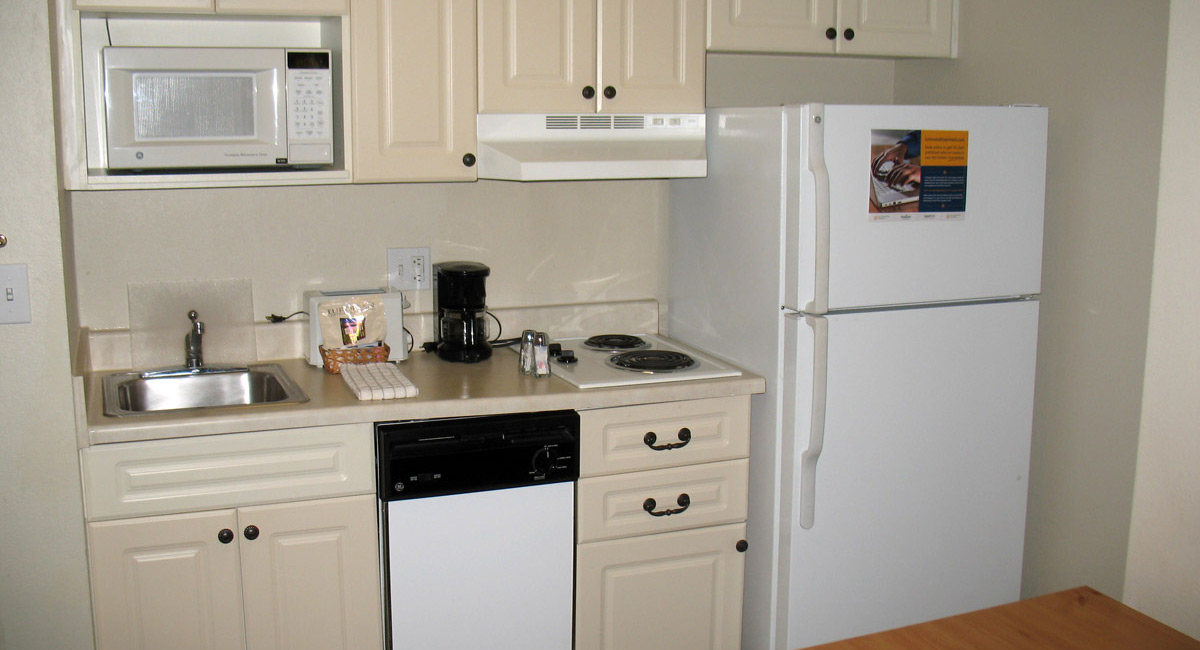Have you ever dreamt about living in luxury on the beach in Maui? Sadly, this is just a dream for most of us because of its cost. But I am guessing you haven’t dreamt of living near the extremely busy I-680 freeway in Milpitas, California, at the local Extended Stay America, which consists of 300-square-foot units that include a kitchenette, a small living area, and one small bedroom and bathroom.
But buying the Extended Stay motel and flipping it into “affordable” apartments will cost you more per square foot than top-of-the-line digs on the shores of Hawaii. Santa Clara County, the county home of Milpitas, is paying about $725 per square foot for buying this property and flipping in into low-income apartments. Yes, this is outrageous, and there is no reason it needs to be this way. By accepting this insanity and failing to reform housing policies, California legislators are increasing California’s cost of living enormously and failing their constituents.
At this per-square-foot price point, Santa Clara County would need to spend close to $1 billion to satisfy the number of affordable housing units that the state is demanding of the county to deliver in the next two years. With an annual budget of about $8 billion, there is little chance the county will achieve this goal. And this also shows why Governor Newsom’s target of 3.5 million new housing units, one of his principal campaign promises, is a pipe dream. Even before COVID-19, California’s housing construction rate was 49th in the country.
“Affordable housing” is a myth in California, at least in areas near the coast, because a housing cost of $725 per square foot is anything but affordable. Building housing for low-income households at this cost means that taxpayers must enormously subsidize these projects.
Why is the cost so high? As always, the devil is in the details, so let’s look under the hood. There we will find that the costs of the small number of improvements that the state is planning on implementing are grossly overpriced, to the point that auditors—and taxpayers—should be taking a critical look.
The property in question sold in July for $14 million, which provides a realistic estimate for its value in its present condition. And as far as projects go, this isn’t much of a project, if one at all. According to a just-completed environmental impact report, the property and structures are in good condition and well maintained, without needing major renovations and repairs.
This property is a prime flipping candidate. Some paint, shampoo the carpets, a touch-up here and there, and we are good to go, yes? How much would this cost to flip if done by a private flipping specialist? About $20 per square foot, according to the evaluation tools provided by a private home flipper. Other flipping estimates are similar. And at $20 per square foot, this cost includes replacing carpet and hard flooring. But hey, this is California, where it costs more to do everything, so let’s double that $20 per square foot to $40 per square foot, which means a flipping budget of $1.5 million, and a grand total of about $15.5 million, give or take.
But the county’s budget to convert the Extended Stay into apartments is $29.2 million, nearly twice what it should cost. Where does that extra $14 million go? The answer to that question sheds much light on California’s housing crisis. And it is easily fixable, if policy makers are willing to do it.
The remaining items include building a laundry room and community kitchen, and outside, about 10,000 square feet would be used for a community garden, sports courts, a barbeque area with picnic tables, a dog park, and a pet washing station. Some units will also be converted into meeting rooms and into two larger manager units. Finally, there are reports—including a 222-page environmental impact report on a property that will be almost unchanged from its current usage—planning, permitting, and other administration costs.
Somehow, all this will apparently cost nearly $14 million. Scratching your head? I did as well, so I called a developer who specializes in apartments, and who lives outside of California, and asked him to guesstimate these costs at a “moderate” quality level if he were to do this project in his state.
His answer: $300,000. This includes plans, permits, overhead, and builder profit. The kitchen was the highest cost item, and he questioned why this was included in an apartment complex, given that each unit has an existing kitchen and that most apartment complexes do not have this feature. The laundry room was also expensive, but he noted that most apartment buildings cover these costs with currency-operated washers and dryers.
The extreme cost of this project is not a one-off. In San Jose, the cost of installing 8-by-10-foot tool sheds as temporary housing, along with a communal kitchen, meeting rooms, and a dog park, as in the case of the Extended Stay, costs about $700 per square foot. And, like the Extended Stay, it appears nearly all the cost is wrapped up in reports, administration, permits, and building a kitchen and laundry facilities. Almost entirely funded by taxpayers.
You must wonder why someone involved in this process doesn’t demand accountability, doesn’t say, “No more, this is nuts!” Perhaps this will happen one day, but all too often, the problem is that of people who spend other people’s money. As long as the owner of the checkbook doesn’t complain, checks just keep on getting written. It is much easier to do that than to rock the political boat, because there is so little for anyone to gain by doing that.
The fundamental problem with government is that there is no profit motive to impose discipline on spending and incentivize efficiency. Consequently, voters must constantly ride herd on elected officials. California voters don’t do this nearly enough. This is why California politicians spend $725 per square foot on down-market housing without batting an eye. And why they’ll continue to do this.








